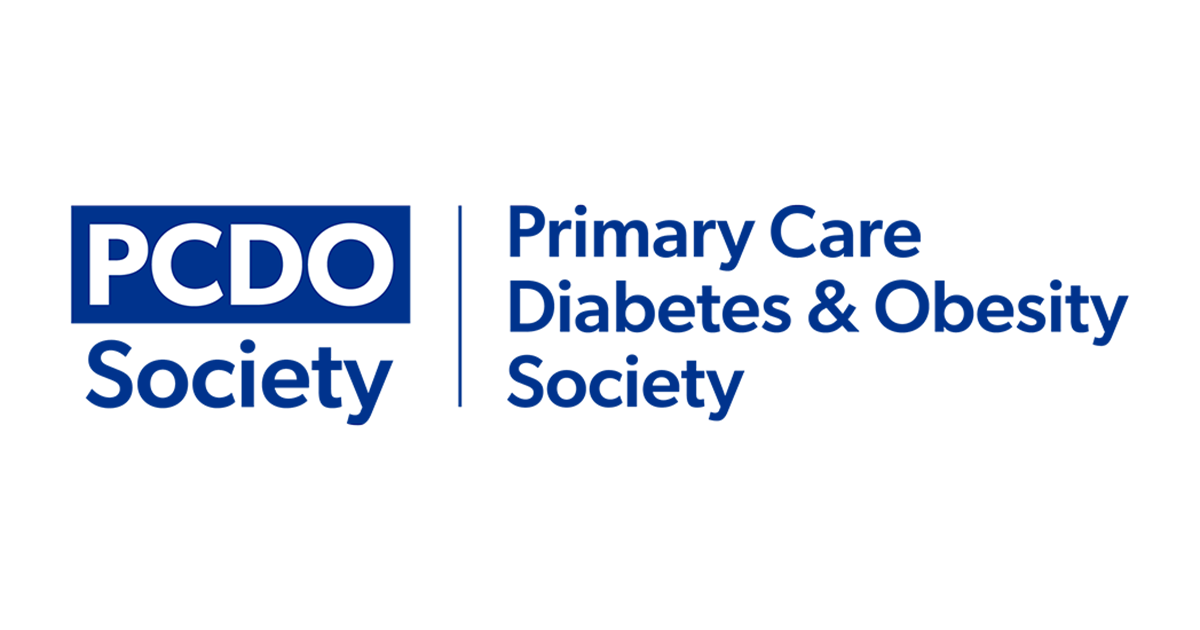The nGMS contract was finalised by GPs in June 2003 and was implemented in 2004. This outcome-orientated approach as recommended by the National Service Framework for diabetes (DoH, 2001) was formulated through a partnership between the NHS Confederation and the General Practitioners Committee of the British Medical Association. An updated contract was later issued detailing further changes to the financial payment system (DoH, 2005a).
As part of the first nGMS contract, 99 points were available for achieving different treatment goals for people with diabetes. Points were awarded for not only documenting health indicator values, but also for the number of these indicators found to be within specified limits.
The authors were keen to clarify whether the positive outcome-orientated approach encouraged by the nGMS contract produced a reduction in various cardiovascular risk factors in people with diabetes attending a hospital-based diabetes clinic.
Aims
The aim of this data analysis was to evaluate the changes in different health outcome indicators measured in people with diabetes since the implementation of the nGMS contract in a hospital outpatient setting.
Methods
We compared the mean BMI, systolic and diastolic blood pressure (BP), urinary albumin:creatine ratio (ACR), HbA1c and total cholesterol (TC) values measured in a secondary care diabetes clinic (Northwick Hospital, London) for each month in 2003, 2004 and 2005. Data were extracted retrospectively from our hospital diabetes database. All those who attended our diabetes clinic were assessed according to the date they attended using the statistical analysis computer program SPSS (version 11.0; SPSS Inc, Chicago).
Results
A total of 5230 patient visits were reviewed from 2003 to 2005 (See Table 1 for baseline characteristics).
Urinary ACR
No significant trend was demonstrated in urinary ACR before (Jan 2003 – March 2004) or after (April 2004 – Dec 2005) implementation of the nGMS contract or over the entire period (see Table 2).
BMI
No significant changes in recorded BMI were demonstrated prior to the implementation of the nGMS contract. Following local implementation of the contract a significant positive correlation was found between date and mean BMI. This correlation was also significant over the entire study period. Over the 3-year period mean BMI increased by 1.1 % per annum (see Table 2).
HbA1c
No significant changes in recorded HbA1c were demonstrated before or after the contract was implemented or over the entire time period (see Table 2).
Blood pressure
There was a significant negative correlation between date and diastolic BP prior to the implementation of the nGMS contract. However, after local implementation of the nGMS contract there was a significant positive correlation. When the entire 2003–2005 period was studied no significant trend was found (see Table 2).
Prior to the implementation of the nGMS contract there was a significant negative correlation between date and systolic BP. After implementation of the contract no significant correlation was demonstrated. A downward trend in systolic BP was significant when the entire 2003–2005 period was studied (see Table 2).
Total cholesterol
Before the implementation of the nGMS contract no significant correlation was found between date and mean TC. Following implementation of the nGMS contract, a significant negative trend was found between month and TC. This negative correlation was also significant over the entire 2003–2005 period (see Table 2).
Discussion
Prior to the implementation of the nGMS contract significant downward trends were demonstrated in diastolic and systolic BP but not in TC. Following implementation of the contract, although no change was seen in systolic BP, in diastolic BP there was a significant positive correlation, whereas in TC a significant negative trend was observed. Over the entire study period no change was found for diastolic BP but significant downward trends were demonstrated in systolic BP and TC. A significant positive correlation was found between BMI and date when the entire period was studied. In contrast, no significant trends were observed in HbA1c or urinary ACR.
Our BP findings differ from those of a recently published study that demonstrated improvements in achieving BP targets in approximately 3500 people with diabetes since the implementation of the nGMS contract (Jaiveer et al, 2006). This may be because Jaiveer and colleagues’ study was based on data extracted from GP surgeries whereas our data was based on a hospital outpatient population.
These data may therefore be biased towards a more complicated and harder to manage type of patient. It may also be argued that in respect to BP control the nGMS contract may not be able to produce outcomes in people with diabetes who are treated in secondary care that are as positive as those found in primary care. It is more likely, however, that only one BP reading is often recorded in a busy hospital outpatient setting which can reflect a post-exertion anxiety state within the individual.
An overall negative trend was found in systolic BP but not diastolic BP. This may be because actual values of systolic BP in our patient population were higher in 2003 (148 mmHg) compared to target BP and hence they were focused upon with respect to cardiovascular risk prevention. The mean diastolic BP was closer to desirable targets at the start of 2003 (78 mmHg) and is thought to be prognostically less significant with respect to outcome than systolic BP. The difference in systolic and diastolic BP could be due to pharmacotherapy lowering systolic BP more effectively than diastolic BP (Wang et al, 2005).
The rising trend in BMI (1.1% per annum) in our study reflected an increasing prevalence of obesity in UK adults as supported by the Health Survey for England 2004 (DoH, 2005b).
The downward trends in systolic BP and TC indicators over the period studied may be attributable to the availability of and response to pharmaceutical treatment. This latter argument is supported by the finding that indicators requiring significant lifestyle changes in addition to pharmacotherapy failed to show significant downward trends (BMI and HbA1c).
It is difficult to comment on the trends in ACR during our study period. This is because data on ACR was analysed using one ACR result per individual and trends in microalbuminuria must therefore be interpreted with caution because factors such as posture, exercise and urinary tract infections may result in elevated ratios that are not indicative of underlying diabetic nephropathy.
Conclusions
The findings suggest that the multi-interventional target-driven approach within the nGMS contract may be appropriate for managing cardiovascular risk factors with easy-to-initiate pharmacological interventions but may not achieve desirable results on risk factors that which require a greater degree of motivation with respect to lifestyle change. Furthermore, our findings together with those of Jaiveer and colleagues (2006) suggest that the nGMS contract has not had an equal effect across primary and secondary care. It is likely that people with diabetes referred to secondary care have more complicated diabetes and require more aggressive and novel management than those seen in primary care. Further research is, however, required to clarify the precise reasons for the discrepancy before political and clinical measures can be refined to address these.





Seeing rising numbers of people with private prescriptions for injectable weight loss drugs, Jane Diggle discusses how to maximise their benefits.
3 Mar 2025